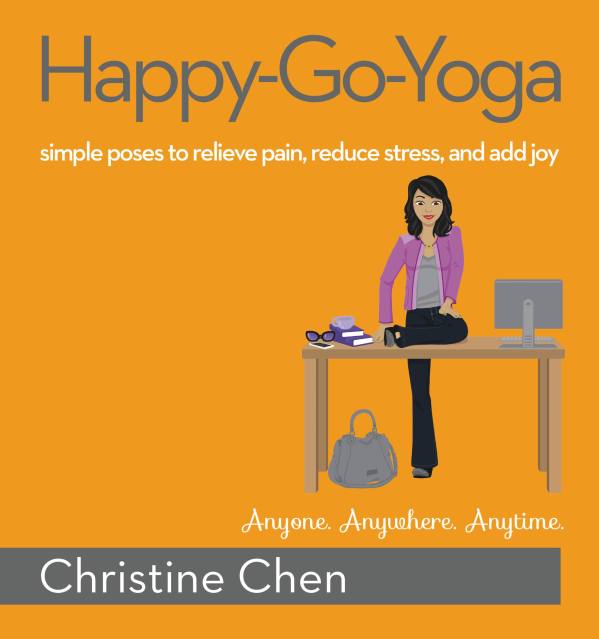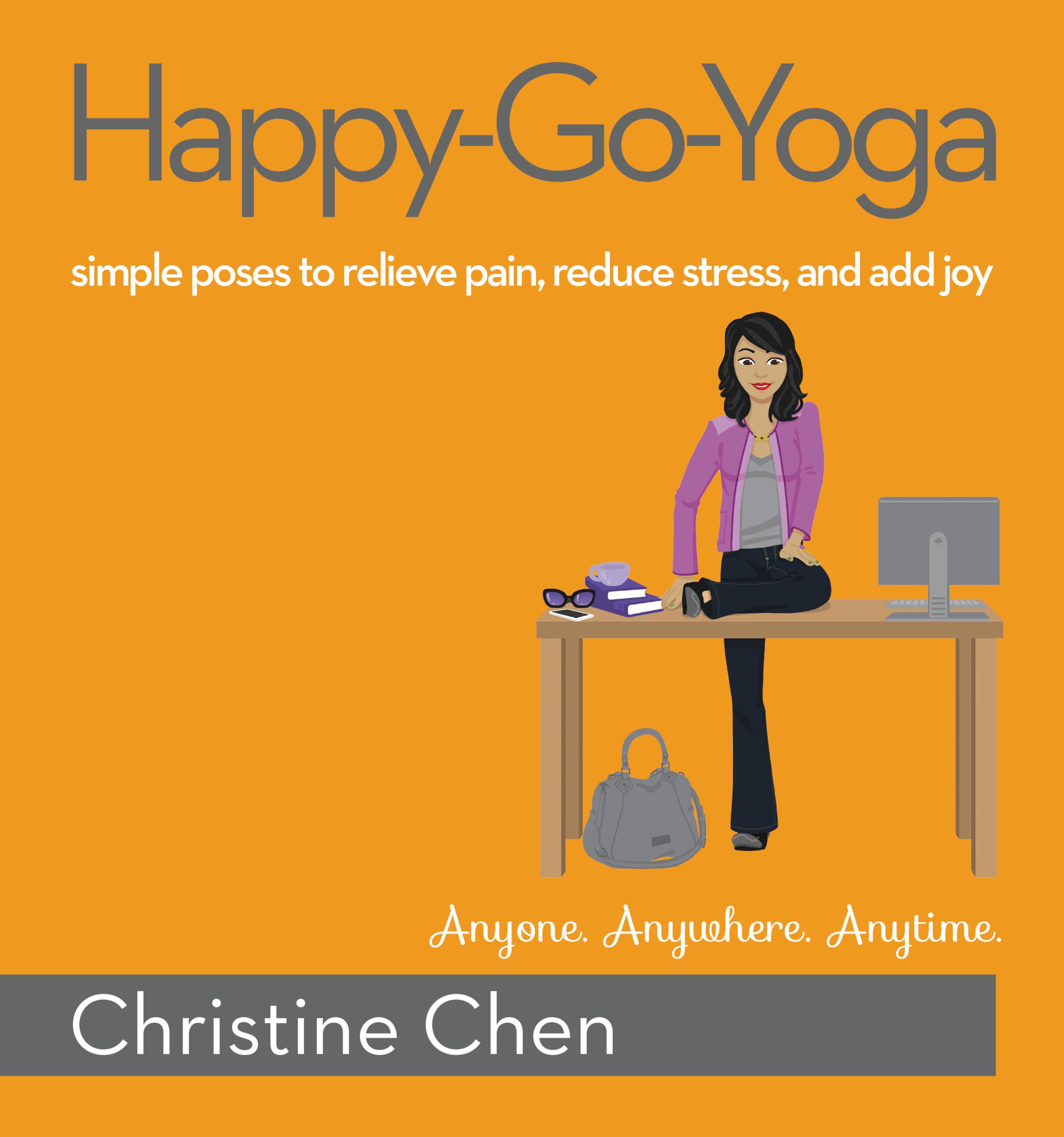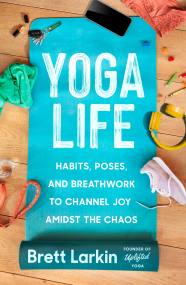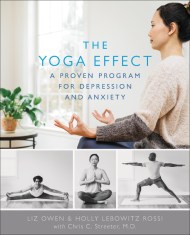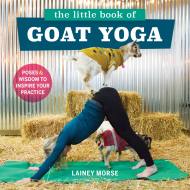Promotion
Shop now and save 20% on your back-to-school purchases & get free shipping on orders $45+ Use code: SCHOOL24
Happy-Go-Yoga
Simple Poses to Relieve Pain, Reduce Stress, and Add Joy
Contributors
Formats and Prices
Price
$10.99Price
$13.99 CADFormat
Format:
- ebook $10.99 $13.99 CAD
- Trade Paperback $18.00 $20.00 CAD
This item is a preorder. Your payment method will be charged immediately, and the product is expected to ship on or around March 10, 2015. This date is subject to change due to shipping delays beyond our control.
Also available from:
“Highly recommended as a way to create healthy habits for a more peaceful, happy life.” — New York Journal of Books
Sold globally in Hong Kong, New Zealand, Canada and More
Translated and sold in Russia
Advice from the book and author featured in: Fox Health News, HLN/CNN, Todayshow.com, USA Today, AARP Life Reimagined, Costco Connection, Real Simple, Health.com and more!
Yoga isn’t about becoming a human pretzel, being vegan, or wearing trendy workout clothes to a green juice bar. Based on her own healing journey, instructor Christine Chen presents a fun, easy way to do yoga at home, in the office, during a commute, and more–no matter your fitness level, yoga experience, age or gender.
A #1 National Bestseller on Amazon in Exercise & Fitness and Injury Prevention
A #1 New Release on Amazon (2015)
- On Sale
- Mar 10, 2015
- Page Count
- 224 pages
- Publisher
- Grand Central Life & Style
- ISBN-13
- 9781455581948
Newsletter Signup
By clicking ‘Sign Up,’ I acknowledge that I have read and agree to Hachette Book Group’s Privacy Policy and Terms of Use
